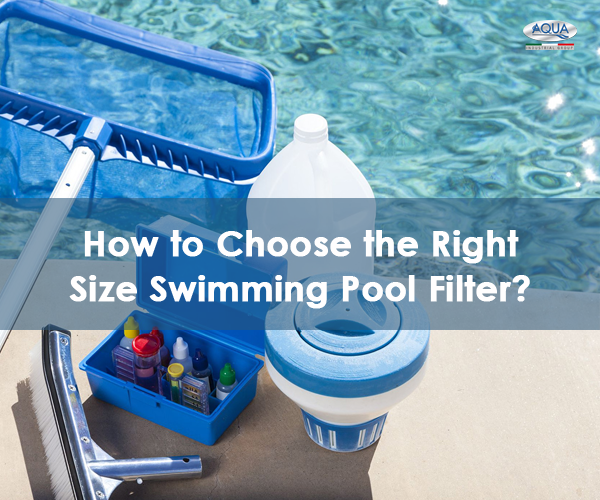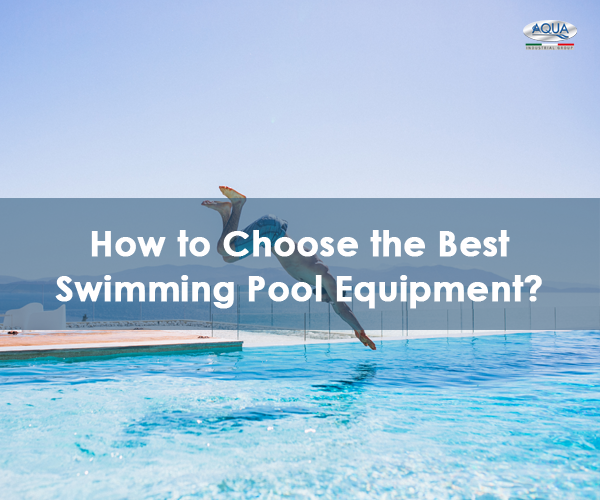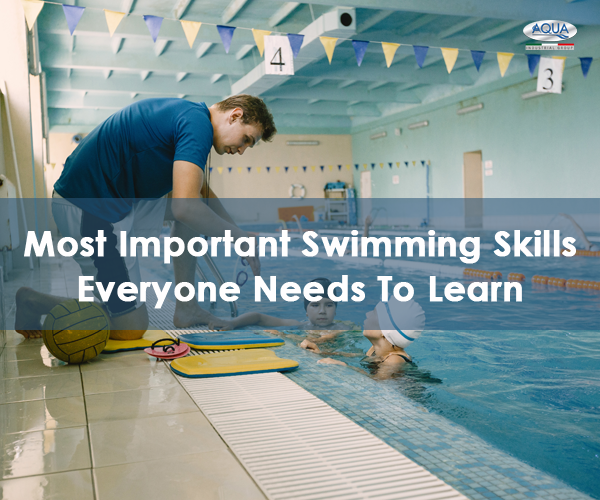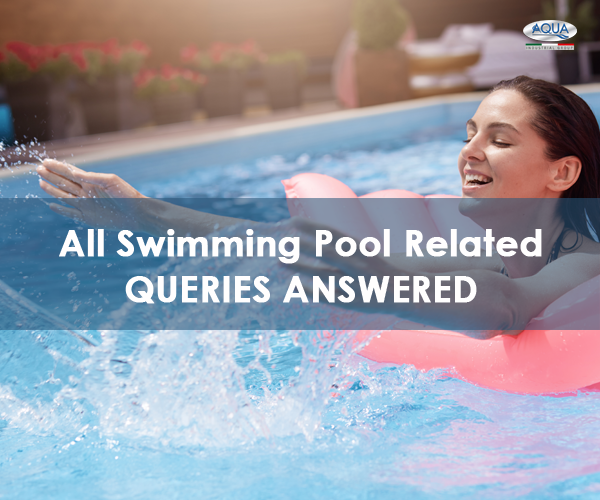Blog Default

Choosing the Right Size Pool Filter; All You Need to Know
Blog Overview
How do I choose the best pool filter for my swimming pool?
When choosing the best pool filter for your swimming pool, there are several factors to consider, including:
- Size: Make sure to choose a cartridge filter that is the correct size for your filter housing. A filter that is too small will not effectively filter the water, while a filter that is too large may not fit in the housing.
- Micron rating: The micron rating of a filter cartridge refers to the size of particles it can remove from the water. A lower micron rating means the filter is able to remove smaller particles. For a standard residential pool, a micron rating of 20 or 30 is typical.
- Material: Cartridge filters are typically made from pleated paper or polyester. Pleated paper filters are less expensive but require more frequent replacement, while polyester filters are more durable and can last longer.
- Durability: Look for a filter that is made with durable materials and has a high resistance to wear and tear.
- Brand reputation: Check the reputation of the brand, read reviews and seek advice from a pool professional.
- Easy to clean: Look for a filter that is easy to clean, some are designed to be cleaned with a garden hose, while others require specific cleaning solutions or need to be replaced.
- Price: Compare prices and look for the best value for your money.
It’s important to note that a pool filter cartridge is a key component of your pool’s filtration system, so it’s important to choose a high-quality filter that is designed to work well with your pool’s specific requirements. It’s recommended to consult with a pool professional to get the best advice on which filter cartridge would work best for your swimming pool.
Pool filters are one of the most important component to your swimming pool. Though chlorine and other sanitizers work to kill bacteria and other contaminants, the filter is what actually removes them from the water. Without it, your pool water would grow cloudy and fill with debris.
Being the most recommended swimming pool equipment manufacturers and suppliers, we understand that selecting the perfect filter for your pool is not always simple if you do not have the right information.
However, before choosing the right size pool filter, it is best to know every detail about your pool so you can buy the right size pool filter possible. Then, you can go out and get a filter so you’ll have perfectly clean pool water to jump into.
So how do you choose the right size filter for your pool?
It’s not about which one is the least expensive, though cost is certainly a factor. You want a filter that will trap contaminants, be easy to clean and maintain, and last more than just a few seasons. In order to make the best selection for your pool, first get a handle on your options.
The first step to choosing the best filter is knowing what your options are. You have three types of filters to choose from: sand, cartridge, and diatomaceous earth, or D.E. Price, replacement frequency, and filtration rates differ by type.
But before you can accurately compare pool filter types, how well they function, and how much work they require to maintain, you need to know about microns.
What is a Micron?
Pool filters measure the size of contaminants they’re capable of removing in microns. It’s short for micrometer, which is one millionth of a meter.
Having trouble picturing just how small that is?
A single strand of human hair is about 50 microns, or about .05 millimeters in diameter. Some bacteria measures about 2 microns, or about .002 millimeters in diameter.
Sand Filters
The ideal option for you is a sand filter if you’re on a tight budget and want to spend as little time maintaining it as possible. Due to the fact that it won’t clog as easily as other filters, it is also ideal for large pools.
We suggest a 30-inch tank diameter, which has a 4.9 sq ft filter surface area and stores 600 pounds of sand, for sand filters for in-ground pools. If money is scarce, the next size down, a 24″ tank, is suitable for small pools (under 20,000 gallons). But for an in-ground pool, never go any smaller than this.
Residential Pool Filter
The smallest of these work well for aboveground pools, the middle-sized ones for smaller pools up to 15,000 gallons, and the largest filters for pools over 25,000 gallons. The manufacturers stated turnover rates for its pool filters just serve to increase the confusion. These often appear on product information pages and display the filters’ maximum flow rates.
Cartridge Filters
For cartridge pool filters, it’s recommended to have at least 100 square feet of filter surface area per 10,000 gallons of pool water. For inground pools larger than 25,000 gallons, the 400 square foot cartridge filters perform admirably. Most of the time, these filters can run a whole season.
You can fully enjoy your pool all season long if you get the right size equipment that is best for your pool. By comprehending the information above, you can determine the proper size pool filter. It is therefore rather simple to choose the appropriate size swimming pool pump filter for your pool.

How to Choose the Best Pool Equipment; Everything You Need to Know
This blog will take you step-by-step through the fundamentals of swimming pool equipment, the key elements of a pool system, the importance of having the highest-quality pool equipment, and the most practical methods for selecting your finest pool equipment.
Pool owners have a wide selection of swimming pool equipment to pick from. There are components in it that are necessary, discretionary, and outright luxurious. Being a thoughtful consumer, you must thus reevaluate your purchasing habits in light of the requirement for the equipment you are going to select. Never pick your pool equipment without doing your research, taking into account how well your pool system works and how comfortable you are.
What are swimming pool equipment?
Pool equipment includes pumps, filters, heaters, and cleaners, as also chemical feeders and salt chlorine generators. At the heart of your pool equipment are your pool pump and pool filter, crucial pool hardware to circulate and clean your pool water.
What are the main components of a pool system?
A standard swimming pool comprises components such as a basin, a motorized pump, a water filter, a chemical feeder, drains, returns, and PVC plastic plumbing connecting all of these elements.
Why does your pool need the best quality swimming pool equipment?
Using top-notch swimming pool equipment is crucial at all times. Avoid low-range, aftermarket, and local items since short-term savings could end up being a very bad decision in the long run. The hydraulic circuit, pool pumps, underwater lights, and pool cleaner, also known as all valves, hoses, pumps, and filters, are examples of equipment that is absolutely necessary and has to be top quality at all times.
So, how to choose the best pool equipment as per your personalized pool requirements?
How to pick the best swimming pool white goods?
Let’s start with the white goods that are the most crucial, such as the nozzles, main drains, and caches, which are essential components of the pond and cannot be separated. Only high-quality goods should be used because replacing them after installation would involve significant, costly effort.
How to choose the best quality hoses and valves for my swimming pool?
Hoses and valves in the hydraulic circuit need to be properly sized and set from the beginning because it will be challenging to make adjustments after construction is complete. Before asking for an explanation of the suggested configurations, especially when there is a substantial price difference, be sure a proper evaluation has been conducted and estimations have been properly gathered.
How to choose pool pumps and filters for my swimming pool?
The pump/filter pairs, which circulate and filter the water, are the real heart of your pool. The filter and pump must be completely compatible, regardless of whether you select a single-speed or variable-speed pump, sandblasting, cartridge, high-capacity filter, or diatomaceous earth. You must consider the amount of water in the pool while calculating each one’s capacity. Additionally, you will need to size the tubes appropriately. To help you select the appropriate size of equipment for your facility, the pool installation will first run this calculation.
How to decide the best installation for my swimming pool lighting system?
Although it is not necessary for the in-ground pool to have a lighting system, night swimming is strongly advised for safety reasons. It’s also highly aesthetically beautiful, especially with LED technology’s many colour possibilities. Therefore, before making an installation, make sure you compare the best alternatives, the warranty, and user reviews when making the purchase.
What are the most recommended swimming pool water treatment systems currently available?
Water treatment is essential required if you want to use a swimming pool that is clean and healthy. Systems for treating the water in swimming pools operate primarily on two levels. A need that has to be regularly monitored is maintaining water balance. To guarantee the efficacy of the treatment products (chlorine), the total alkalinity, total hardness, and potential hydrogen must be maintained at specific values in order to prevent issues with corrosion, flaking, the creation of green water, or the growth of biofilms. The pH regulator will automatically keep the water’s pH at its ideal level. Pool water treatment aims to get rid of germs and viruses while safeguarding swimmers’ health. There are several options, including injectable products, chlorinators, and electrolyzers. A need that has to be regularly monitored is maintaining water balance.
If you could Google “best swimming pool water treatment systems”, the search results will show you a couple of handpicked swimming pool equipment suppliers that offer the most authentic swimming pool water treatment systems at a fair price. Analyzing multiple options, the features, as well as the price range, will give you a crystal clear idea of which one will satisfy your requirements.

Swimming Basics; Most Important Swimming Skills Everyone Needs To Learn
Swimming is a fun and excellent way to remain in shape, but it is not as simple as it seems. Swimming requires coordination and strength throughout the entire body, despite how easily water bodies float through the liquid. For greatest effectiveness, you must coordinate the movements of your arms and legs while breathing and timing your strokes.
If you are someone who is interested in swimming, this blog will walk you through the most important swimming skills everyone needs to learn to become a pro swimmer.
#1: Breathing properly while swimming
If you look into the history of swimming practices you could learn that this is an important swimming skill to learn. You won’t be able to enjoy swimming If are not comfortable breathing while doing it. Without proper breath intake you will slow down and get tired easily. You have to practice breathing out with both your nose and mouth when your head is underwater. Then when you lift your head to the side take a full breath before putting your face back down.
How to practice this:-
- Hold onto the side of the pool with your arms outstretched
- Stand in chest-deep water in the pool, facing the wall, hands on the pool edge
- Bend over at the waist, breathe in and place your face in the water
- Slowly but forcefully blow out the air in your lungs through your nose and mouth
- Rotate your head as you exhale, tilting it to the side, toward the surface of the water
- When your cheek and mouth emerge above water, inhale. Don’t gasp or lift your head too high
- Repeat the exercise, breathing to the left and then to the right side.
#2: Float in the water smootly
Before practising any other skills, the first and foremost swimming skill that you need to learn is to float in the water smoothly. This basic swimming skill will help you to move your body through the water properly. Floating skill is essential because if you accidentally fall in the water you will be able to float on the surface till you are rescued. This will help to reserve your energy especially if you do not have the strength to swim to safety.
#3: Kicking to move in the forward direction
After you master floating, now it’s time to learn kicking. Swimmers should focus on kicking from the hips rather than the knees to keep themselves afloat. The trick is to make small bubbles under the water’s surface rather than making humongous splashes.
Kicking is also a vital part of treading water, the process of staying in one specific place while keeping your head above the water. Many swimming coaches use kickboards to support swimmer’s body.
#4: Strokes to pull the body through the water
Once you feel confident with basic swimming skills, mastering a specific stroke is your next challenge. Breaststroke, while requiring slightly more coordination than front crawl, offers a stable, gentle stroke that’s ideal for beginners.
- Stay straight at the water’s surface, holding your head up
- Pull your arms in together with the hands almost touching
- As your hands reach your chest, bend your knees and lift your feet up in a frog-like shape with the soles of your feet pointed out to each side
- Push back with your legs and reach forward with your hands simultaneously. This double-propulsion should help you surge through the water
#5: Sculling
Sculling while swimming gives you a feel for moving through the water and keeps you from sinking in the water. It’s one of the first safety skills beginners learn, yet expert synchronized swimmers and water polo players also depend on sculling.
- While positioned horizontally in the water (on your belly), move your hands — palms down and fingers below the wrists — in a circular or figure-eight motion just under the surface of the water, exerting pressure downward
- Place a pull-buoy between your thighs so you don’t need to kick
- For a forward scull, keep your straight arms in front of you. For a mid scull, bend your elbows slightly with your hands wider than your shoulders.
#6: Body movement and coordination
Beginning swimmers often find themselves messily chopping through the water with their limbs. That’s fine. It takes a while to get a feel for moving your limbs in time. You must also get used to moving the muscles in your lower back, abdomen and hips to power you forward.
Similarly, try to let your legs come up behind your body and keep a slim, streamlined position. Over time, this reduces drag from the water and makes you a more efficient swimmer.
#7: Practice diving
Diving into the pool is one of the necessary swimming skills — even if it starts outside of the water. Always practice diving in a deep pool with a lifeguard on duty. When you begin, diving may only involve putting your hands together above your head and gently curling your body forward toward the water until you fall in, headfirst. As you progress, try jumping slightly and straightening your legs behind you as you dive to enter the water smoothly.


